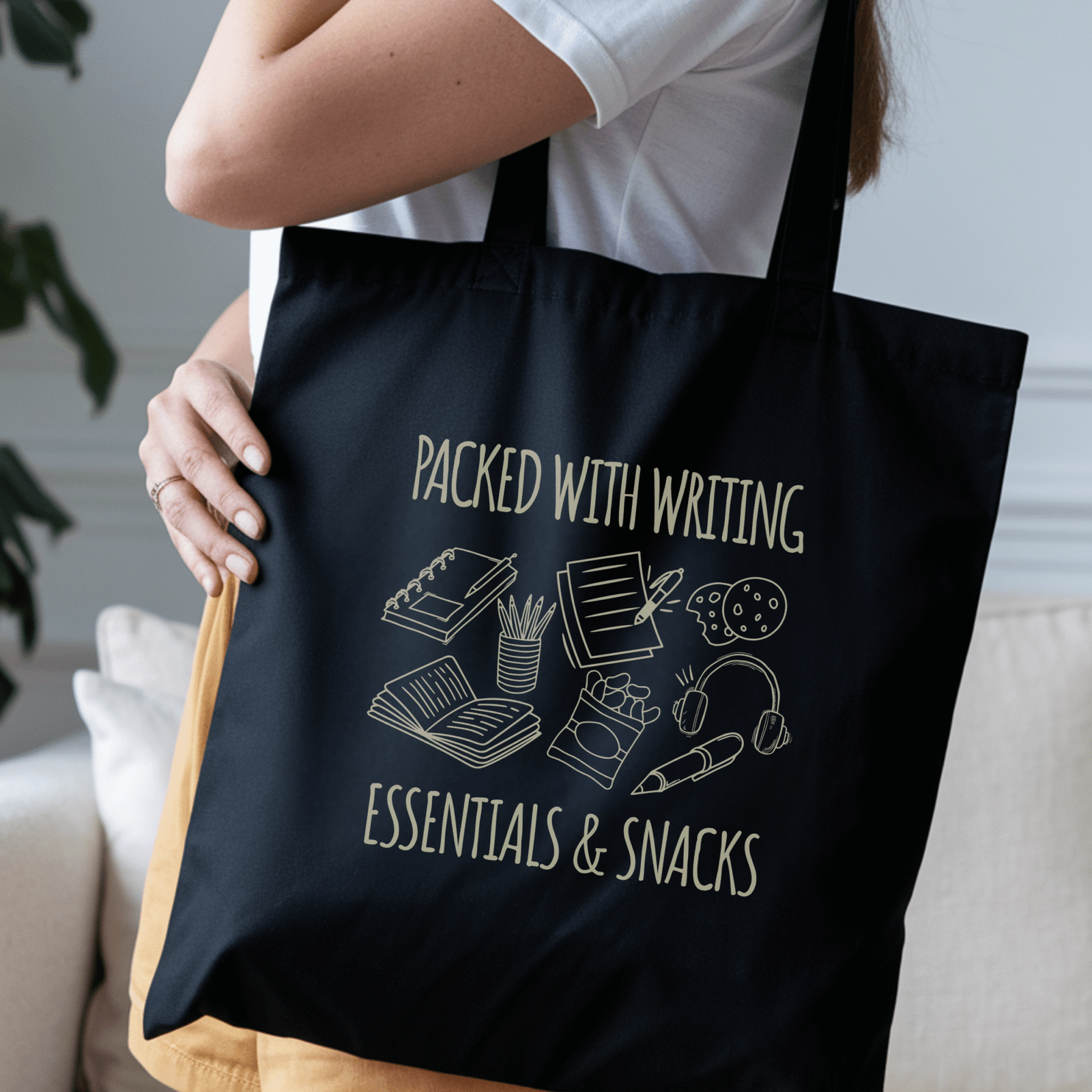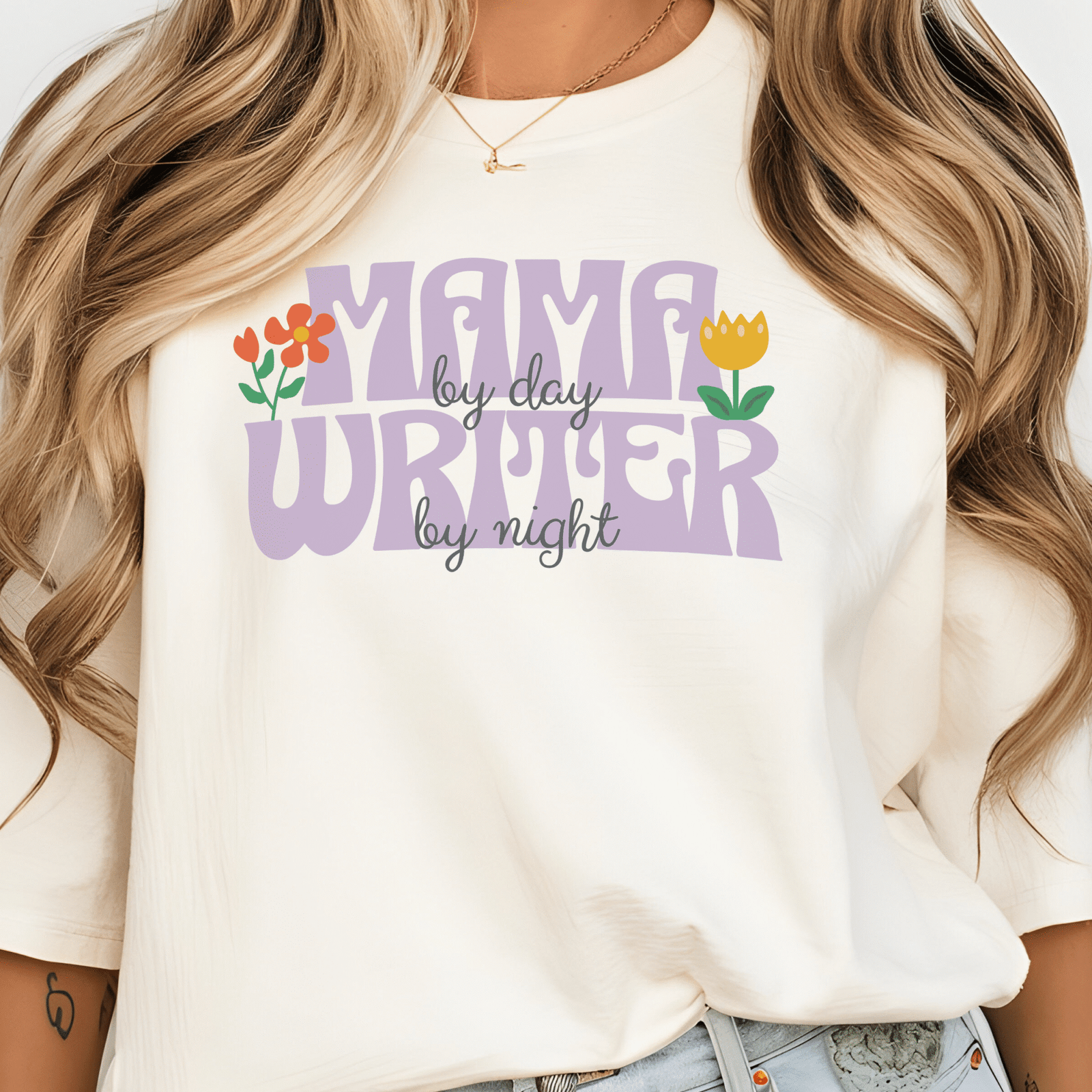You’re ready to start your book, maybe your first draft, or a collection of poems, and now you are facing one challenge: how to select a writing software. You’ve been staring at dozens of writing apps wondering which one to pick. There are so many apps promising to organize your thoughts, and make writing easier. Which is the best for your needs?
If you’re wondering how to choose the right writing software, this guide breaks down what actually matters when selecting your ideal writing app. The goal here is simple: to help you find a tool that fits your writing style and workflow.
Understand Your Writing Needs First
Before you start looking at options, figure out what you really need. It’s easy to get distracted by flashy features, but the best choice always comes down to your writing habits. This is the first step in how to select a writing software that works for you:
Ask yourself:
- What type of writing do you do most?
- If you write fiction, you’ll probably want strong outlining tools. Apps like Scrivener or LivingWriter are perfect for managing chapters and tracking character arcs.
- Poets, on the other hand, usually prefer distraction-free writing environments. Tools like FocusWriter are designed to keep your writing interface clean and clutter-free.
- Do you need advanced organization?
- If your projects are long and complex (think novel series), look for software that supports notes, world building, chapters, and quick navigation. Scrivener lets you organize chapters, notes, and even images all in one place.
- Will you write on multiple devices?
- If yes, prioritize apps that sync seamlessly across desktop, tablet, and mobile. Google Docs excels here, while Ulysses is fantastic for Apple users who work between Mac and iPad.
- Do you collaborate with others?
- Some tools make sharing drafts and co-editing easy; others are strictly solo. If you’re co-writing or working with an editor, tools like Google Docs are great for real-time collaboration.
Key Factors to Consider When Choosing Writing Software
Now that you know what you need, let’s talk about how to choose the right writing software in practical terms. Here are the big things to weigh before you commit:
1. Platform Compatibility
- Does it run on Windows, macOS, or Linux?
- Is there a mobile version?
- Cloud-based or offline access?
If you’re writing on the go, a cross-platform app is the best option. Choose apps like Google Docs if you want an app that works on almost everything, and is mostly cloud-based. If you prefer an offline option, Scrivener is a strong pick.
2. Budget
One of the tips for choosing a writing software is to consider your budget. Are you willing to spend more on tools and software, or you want to keep costs low. Consider the following:
- Free vs premium versions. eg. Google docs vs LivingWriter
- One-time purchase vs subscription. eg. Scrivener, ~$59 one time payment or LivingWriter at $14.99/month)?
- Does the paid version actually offer features you’ll use?
Some free tools like Google Docs are great for basic writing, but professional authors might need advanced options from premium apps.
3. Features That Matter
When comparing tools, don’t get lost in fancy add-ons. Focus on what improves your actual writing process:
- Outlining & Templates – Useful for structured projects like novels. Scrivener and LivingWriter excel here.
- Distraction-Free Modes – Ideal for poets and creatives who want total concentration and zero clutter. Apps like FocusWriter let you write without notifications or clutter.
- Export Options – Can you easily convert files to PDF, ePub, or DOCX? This will be helpful when publishing. Atticus and Ulysses make it easy to export to PDF, ePub, or DOCX for publishing.
- Collaboration & Syncing – Important for co-authors or those working with editors. Google Docs and Atticus allow for real-time collaboration
4. Ease of Use
Do you want an app that’s simple and clean, or are you okay with a steep learning curve? Apps like Google Docs are easy to use and don’t require learning courses to learn how to use. Other apps like Scrivener and Atticus on the other hand may require you to watch some videos or take some courses to learn how to use them.
5. Customization
Can you tweak fonts, themes, or enable dark mode? Small things can make a big difference in comfort and creativity.
Popular Writing Software Options
Here’s a categorized list of the best writing software for writers and some top writing apps for authors and poets:
Software and Apps Purposely For Writing
These are full-featured tools built specifically for writers who need advanced organization, outlining, and publishing options.
- Scrivener – The go-to for novelists and long-form writers. Great for organizing big projects.
- Atticus – Another ideal option for authors who plan to self-publish. Has excellent formatting tools.
- LivingWriter – Offers story templates. Designed for fiction writers who thrive on structure.
General Apps
If you don’t need fancy features, these reliable tools work for almost any type of writing.
- Google Docs – Free, easy to use, and perfect for collaborative writing.
- Microsoft Word – Classic choice with powerful formatting. Still a favorite for many professionals, especially writers who need traditional document layouts
Distraction-Free Tools
Sometimes you just need a blank page and no interruptions. These apps make that happen.
- iA Writer – Clean and minimal to keep you focused.
- FocusWriter – Strips writing down to the essentials.
Poetry-Focused Apps
- Poet Assistant – Handy for poems and rhymes.
- Rhymer’s Block – Perfect for poets and songwriters.
Organization & Notes
- Notion – Great for planning, outlining, and research notes.
- Obsidian – Perfect for knowledge mapping and linking ideas.
- Evernote – Reliable for capturing ideas on the go.
Mobile Writing Apps
- JotterPad – Clean, distraction-free interface for writers who prefer to use mobile for writing.
- Ulysses – Elegant writing app for Apple users, ideal for mobile writing.
Tips for Choosing a Writing Software
By now, you have a sense of what’s out there. But the real question is how to make the right choice. Here are some practical tips for choosing a writing software:
- Test Free Trials – Most premium apps offer trials. Use them to see how the tool fits your workflow.
- Prioritize Usability – A clean, intuitive interface often beats tons of advanced features you’ll never touch.
- Think Long-Term – Is the app regularly updated? Does it have reliable support?
- Check Device Compatibility – Don’t assume an app works on every device. Always verify before you commit.
- Consider Export & Backup – Make sure your work isn’t locked into one platform. Look for export flexibility and backup options to protect your work.
One Last Tip Before You Decide
When thinking about how to select a writing software, don’t overcomplicate it. Shortlist three apps that meet your must-have requirements. Then, test each for at least a week. If it makes writing feel natural and it isn’t difficult to use, that’s your winner. All the best!

















